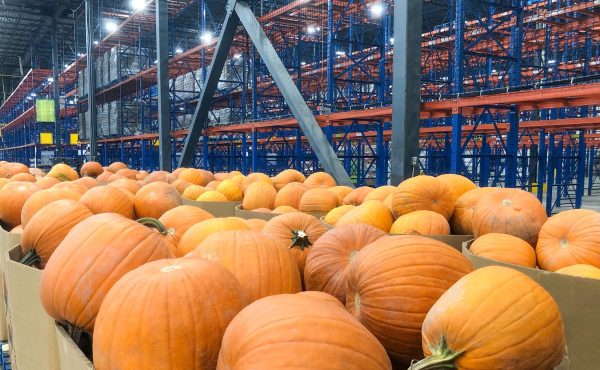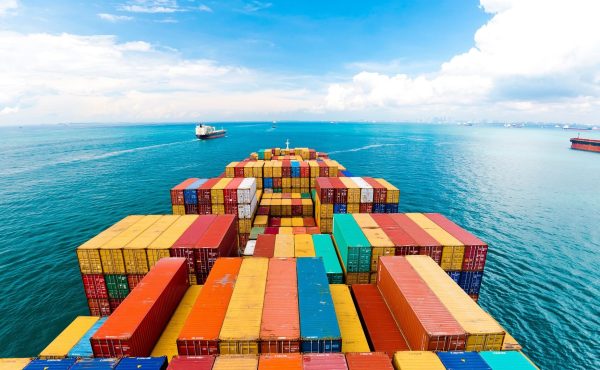Incoterms 2020: What Every International Trade Professional Should Understand
Incoterms are one of the most important—and most misunderstood—tools in international trade. From international business students to global purchasing and sales managers, many professionals use them daily, but not always with full awareness of what they imply.
This article offers a clear and accessible overview of the key concepts that should always be kept in mind—beyond simply memorizing acronyms or definitions.
What are Incoterms and what are they used for?
Incoterms (International Commercial Terms) are standardized rules published by the International Chamber of Commerce (ICC) that define the responsibilities of the buyer and the seller in an international transaction.
They do not regulate price, payment methods, or transfer of ownership, but they do establish who is responsible for transportation, insurance, customs clearance, risks, and costs.
Correct application of Incoterms allows you to:
- Avoid contractual misunderstandings
- Clearly allocate responsibilities
- Improve logistics efficiency
- Reduce costs and conflicts in international transport
What changed with Incoterms 2020?
The current version, effective since January 2020, introduced some important adjustments:
- Insurance coverage under CIF and CIP was clarified
- The FCA term now allows issuance of an on-board bill of lading
- The Incoterm DAT was eliminated and replaced by DPU (Delivered at Place Unloaded) for greater clarity
These changes aim to reduce confusion and better align with real-world global trade practices. However, many companies continue using previous versions or custom adaptations that create ambiguity.
Three key points every professional should keep in mind
1. Each Incoterm needs a clear geographic point
It’s not enough to simply say “FOB” or “DAP”—you must specify where. For example:
- FOB – Port of Valencia
- DAP – Buyer’s warehouse, Milan
This prevents different interpretations about where the cargo is delivered or who assumes the risk.
2. Incoterms do not replace the contract
Incoterms complement the sales contract but do not substitute it. That’s why it’s important they be integrated coherently in the commercial documentation, with both parties agreeing on their use.
3. Not all Incoterms apply to all modes of transport
- FOB, CFR, CIF: only for traditional sea transport (not multimodal)
- FCA, CPT, CIP, DAP, DPU, DDP: recommended for any transport mode, including container shipping and road freight
Practical application: beyond the theory
In practice, choosing the right Incoterm is not just a matter of following a chart. You must consider variables like the destination country, the logistics experience of the parties involved, the type of product, or how financial risk is shared.
That’s why more professionals are using simulators or interactive calculators to analyze the operational consequences of each term before making a decision.
Some of these tools, like this one, even allow you to estimate transit times and generate preliminary documentation quickly.
At the end of the day, knowing the Incoterms is not just theoretical—it’s a competitive edge.

Master Incoterms with expert guidance from Logisber
Mastering the fundamentals of Incoterms helps you negotiate better, operate more securely, and avoid unnecessary costs. Whether you’re training internal teams, reviewing contracts, or planning exports, investing time in understanding these terms is always worthwhile. Because international trade is not just about moving goods—it’s about knowing clearly who does what, when, and how far.
At Logisber, we help our clients apply Incoterms strategically, offering tailored solutions and a global perspective on international trade. Contact us and let us help you make safer and more efficient decisions.
Categorías
Compartir








